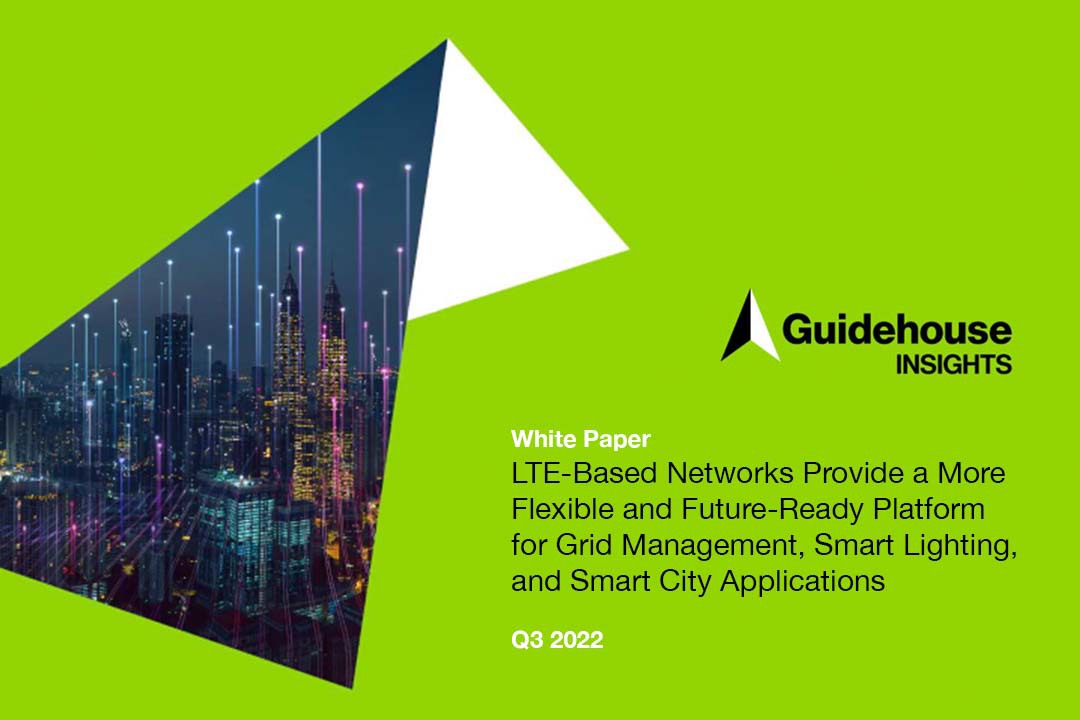
For more than a decade, power utilities have raced to deploy Advanced Metering Infrastructure (AMI). Spurred by the cost benefits of eliminating meter readers and the financial incentives provided to utilities in the American Reinvestment and Recovery Act of 2009, nearly 80% of electric meters across the United States are currently served by smart meters.
The challenge is that many of these legacy systems designed for meter reading and billing are not always ideal. To meet safety, efficiency, and resiliency goals, utilities require greater visibility and lower latency control at the grid edge more than ever before. At the same time, industry transformation and new opportunities (and threats) are making the need for more robust and flexible connectivity throughout the distribution grid clear.
This Guidehouse Insights white paper explores how grid management, smart streetlighting, and smart city applications should no longer rely on legacy AMI networks for connectivity. It also explains why LTE-based wireless solutions—public or private—can provide grid edge connectivity and support a multitude of emerging functions in a more cost-effective, flexible, and future-ready manner.

